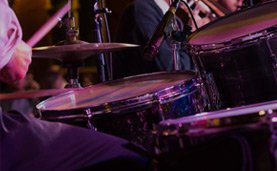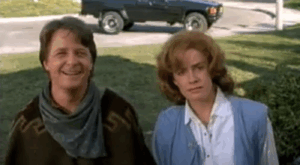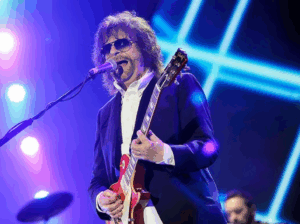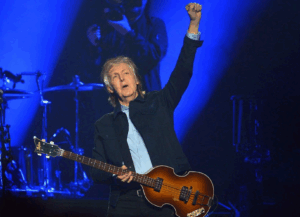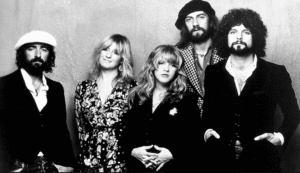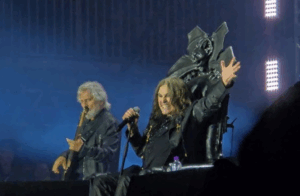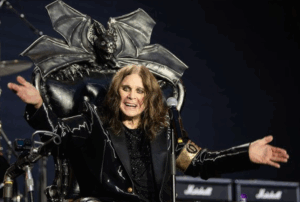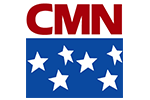The Rock Bands That Were Named From Real People and Their Origin

via 𝚃𝙷𝙴 𝙱𝙾𝙾𝚃𝙻𝙴𝙶 𝙼𝙰𝚃𝚁𝙸𝚇 / YouTube
Choosing a band name can be harder than writing your first hit. Some groups keep it simple and use a member’s name—think Van Halen, Bon Jovi, Dio, or Dave Matthews Band. But others take a more unexpected path and name their band after someone completely outside the lineup.
This list highlights 15 bands inspired by real people who weren’t part of the group—everyone from historical icons and athletes to inventors and, yes, even a serial killer or two.
Some bands, like Pink Floyd and ZZ Top, paid tribute to musical heroes. Others, like Lynyrd Skynyrd, found inspiration closer to home. In their case, it was a no-nonsense gym teacher who hated long hair. “He used to get us in trouble,” guitarist Gary Rossington once said. Check out that story and more below.
Pink Floyd
Before they became Pink Floyd, the band cycled through a handful of names—Sigma 6, Meggadeaths, the Abdabs, Leonard’s Lodgers, and the Spectrum Five. They eventually settled on the Tea Set, which might’ve stuck—if not for a mix-up at a show where another band was already using the same name. To avoid confusion, frontman Syd Barrett came up with a quick fix: the Pink Floyd Sound, inspired by bluesmen Pink Anderson and Floyd Council. It didn’t take long for them to drop the “Sound” and become simply Pink Floyd.

Creedence Clearwater Revival
Before they were Creedence Clearwater Revival, the band went through a couple of name changes—first the Blue Velvets, then the Golliwogs. But in 1967, John and Tom Fogerty, Stu Cook, and Doug Clifford settled on a new name. “Creedence” came from Credence Nuball, a friend of Tom’s who enjoyed Clearwater beer. As for “revival,” it reflected their mission to bring rock back to its roots. “I didn’t like the idea of those acid-rock 45-minute guitar solos,” John told Uncut. “I thought music should get to the point a little more quickly than that. I was a mainstream rock ’n’ roll kid, and I also had a country-blues ethic. Lead Belly was a big influence. I learned about him through Pete Seeger. When you listen to those guys, you’re getting down to the root of the tree.”

Jethro Tull
Jethro Tull might’ve revolutionized farming in the 18th century, but no one saw his name becoming synonymous with prog rock. Known for inventing the horse-drawn seed drill and hoe, Tull helped kick off the British Agricultural Revolution—not exactly the stuff of rock legend. Still, in the late ’60s, a new jazz-rock fusion band needed a name, and someone on their booking agent’s team, clearly a fan of history, suggested “Jethro Tull.” It stuck. And ever since, Ian Anderson and crew have been rocking under the name of a guy who made farming more efficient.
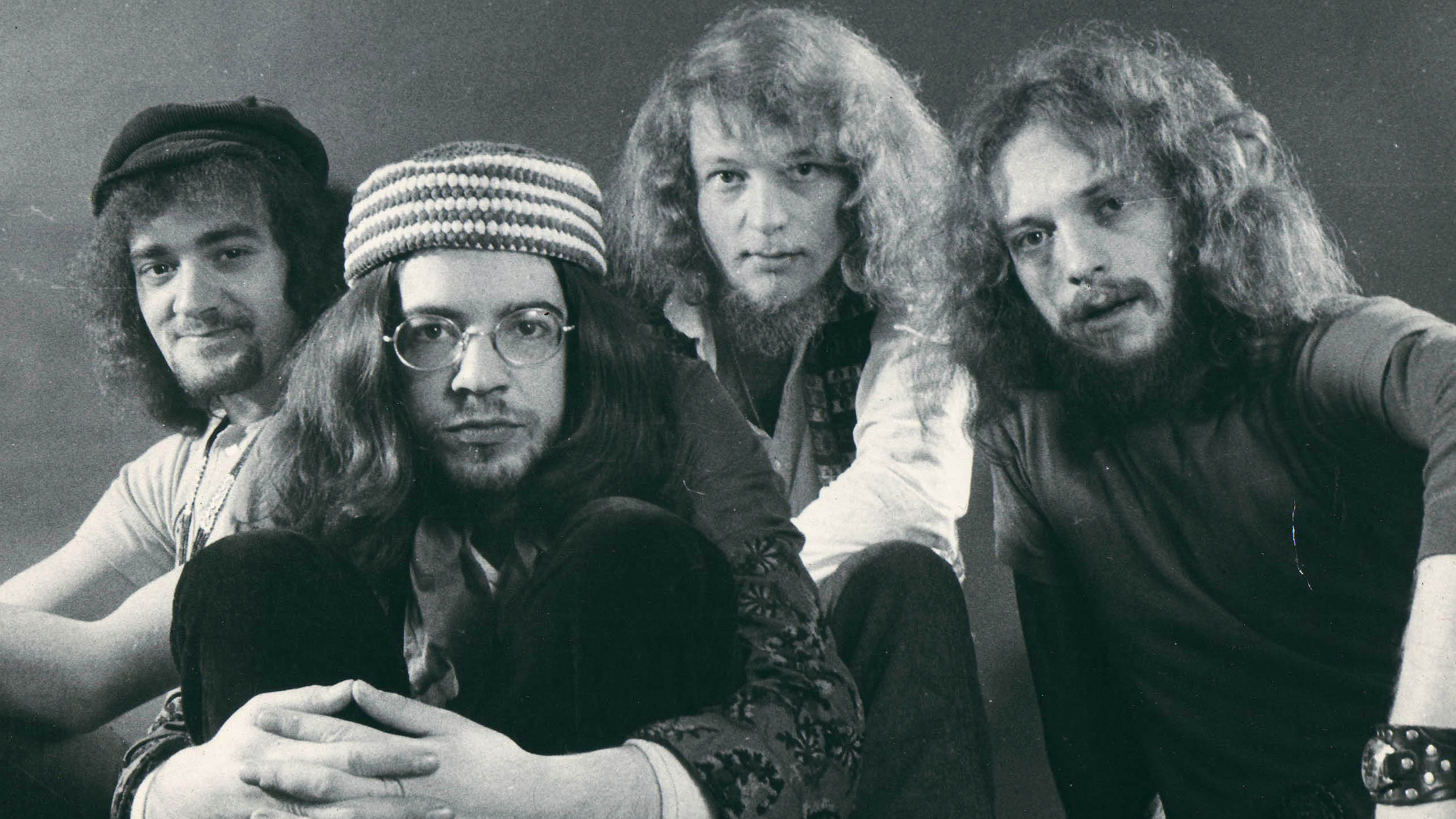
Mookie Blaylock (Pearl Jam)
Back in 1990, NBA player Mookie Blaylock was putting up solid numbers—14 points and six assists per game for the New Jersey Nets. Around the same time, a Seattle band borrowing his name was opening for Alice in Chains in the city’s exploding grunge scene. The group, formed by Jeff Ament and Stone Gossard with Mike McCready, Dave Krusen, and Eddie Vedder, didn’t keep the name long. After landing a record deal, they were told to find a new one. They chose Pearl Jam—supposedly inspired by Vedder’s great-grandmother and her homemade preserves, though it actually came from watching Neil Young jam for what felt like forever during a show.
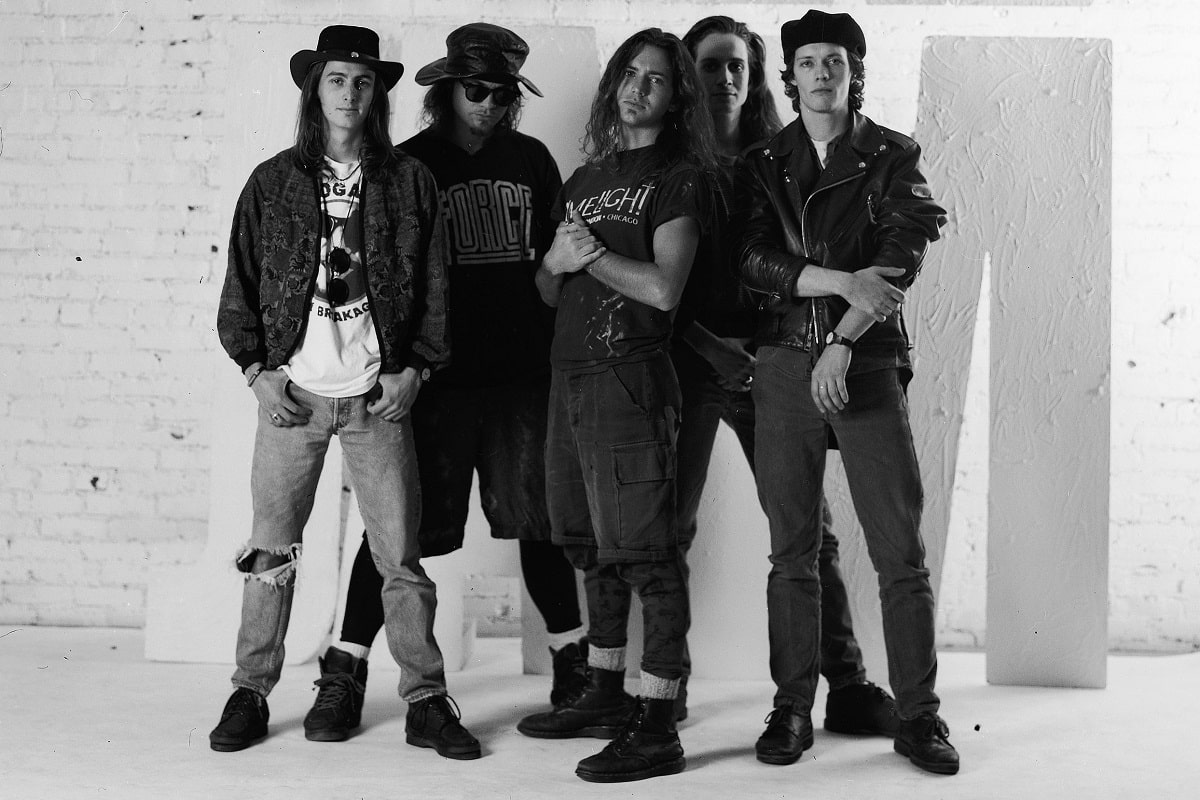
ZZ Top
Billy Gibbons recalls in a chat with Joe Benson on the Ultimate Classic Rock Nights radio show, “We had a little apartment, a little hangout room that was lined with those rainbow-colored blues posters you’d see nailed to the telephone pole [listing] who was coming to town.” At just 20, Gibbons began noticing a trend. “It was odd how many current names had initials – O.V. Wright, D.C. Bender, and of course B.B. King. He was down on this end of the alphabet, then it was Z.Z. Hill.” He first considered naming the band ZZ King, but it felt too close to B.B. King. So he tweaked it: “‘King’ being at the top, I said, ‘Okay, so it’s gonna be ZZ Top, and that’s the way it is.”
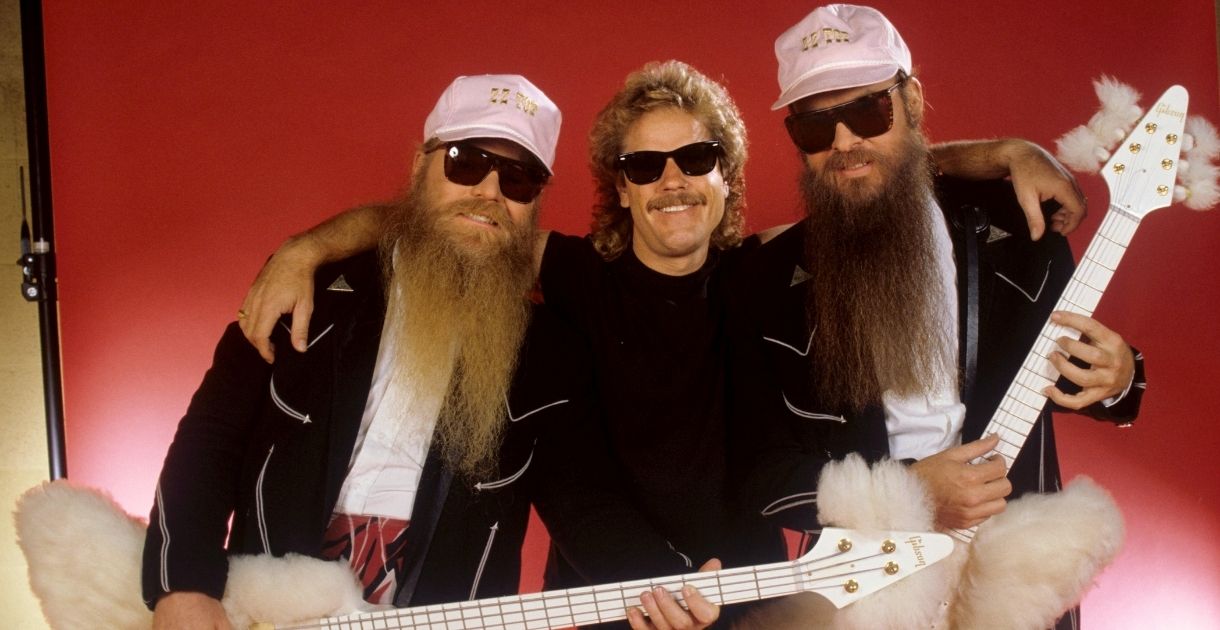
Jane’s Addiction
Back in the late ‘80s, Perry Farrell and his future bandmates were living together in a chaotic but creative house in Venice Beach, California. It was a revolving door of roommates, but one who made a lasting impression was Jane Bainter — an Ivy League grad and heroin addict. “I found her to be very strange and special,” Farrell told Billboard. Guitarist Dave Navarro remembered her as “a source of drama and certainly a source of energy. She was a beautiful soul, and she was a damaged heart.” Farrell’s girlfriend at the time, Casey Niccoli, pitched the band name. “I said, ‘How about Jane’s Heroin Experience, like the Jimi Hendrix Experience?’” she told Spin. “And Perry said, ‘Jane’s Addiction.’ So that was it.” Bainter, who inspired the song “Jane Says,” was eventually kicked out of the house.

The Hollies
Back in 1962, Allan Clarke and Graham Nash formed a group called the Deltas—but soon after, they decided it needed a better name. They chose “The Hollies” as a heartfelt tribute to one of their biggest musical heroes, Buddy Holly, who had passed away three years earlier. “Buddy Holly was one of us,” Nash told Music Radar. “He wasn’t Elvis Presley; he wasn’t James Dean. He didn’t have slicked-back hair. He didn’t swivel his hips. He was one of us, a fucking nerd with glasses.” Nash recalled the moment he and Clarke heard the news of Holly’s death in 1959: “We were in tears.”

Tesla
In the early ’80s, Sacramento band City Kidd was building a name, but their glam-metal style didn’t quite match their small-town moniker. That changed when management suggested something bolder: Tesla—named after the brilliant but often-overlooked inventor Nikola Tesla. “We couldn’t come up with anything good, so they came up with Tesla,” frontman Jeff Keith told Dallas Observer. “They told us what an underdog he was… his ideas were stolen.” The band connected with that spirit and adopted the name just in time for their 1986 debut, Mechanical Resonance.

Dead Kennedys
Dead Kennedys got their bold and controversial name from an unexpected source—punk veteran Mark Bliesener. While chatting with Eric Boucher (later known as Jello Biafra) in the late ’70s, Bliesener casually dropped a name idea he thought no one would dare to use. “Inspired by my girlfriend’s teddy bear, named Ted Kennedy, I had come up with the greatest band name no one could ever use – the Dead Kennedys,” he told Westword. Biafra ran with it, fronting the band until 1986. Years later, Bliesener admitted, “In 1978, when I heard of the fantastic first DK’s shows, I thought it was so cool that the name was finally being used.”
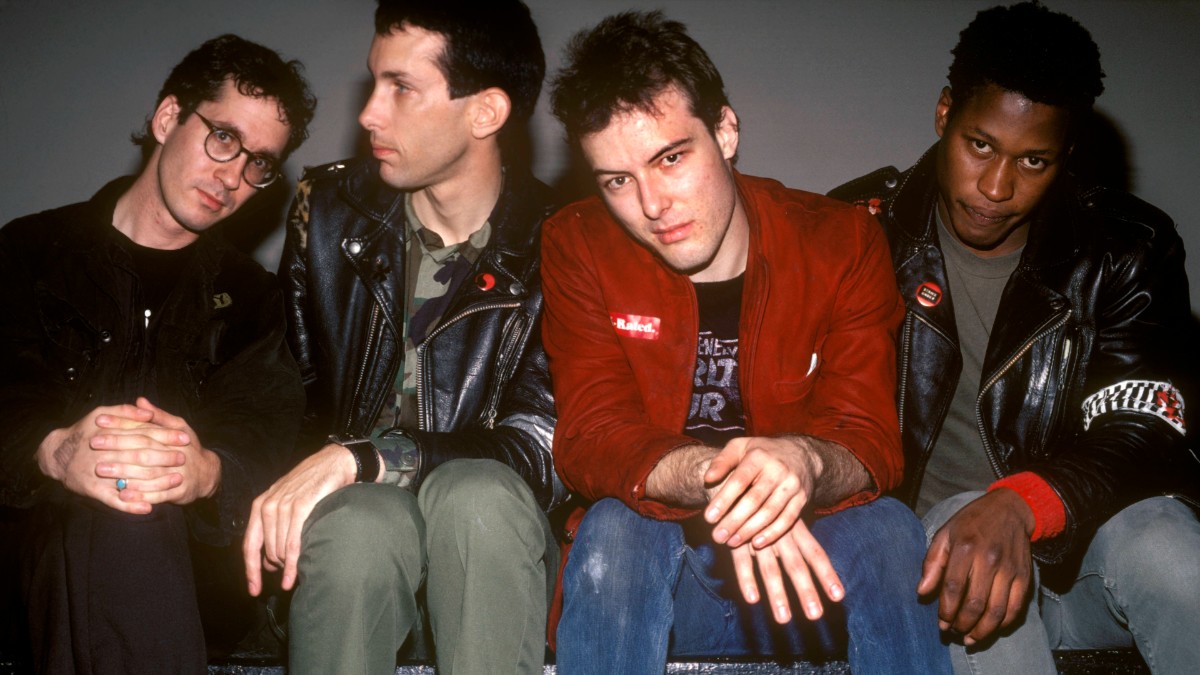
Van Der Graaf Generator
American physicist Robert Jemison Van de Graaff passed away in 1967—the same year a new progressive rock band was taking shape in England. Chris Judge Smith, one of the group’s founders, had a notebook full of quirky band name ideas like Zeiss Manifold and the Shrieking Plasma. After meeting Peter Hammill at the University of Manchester, the two decided to start a band together. They landed on Van Der Graaf Generator, borrowing the name of a particle accelerator used in atomic research and named after Van de Graaff himself. It sounded futuristic, strange, and scientific—perfect for their experimental sound.
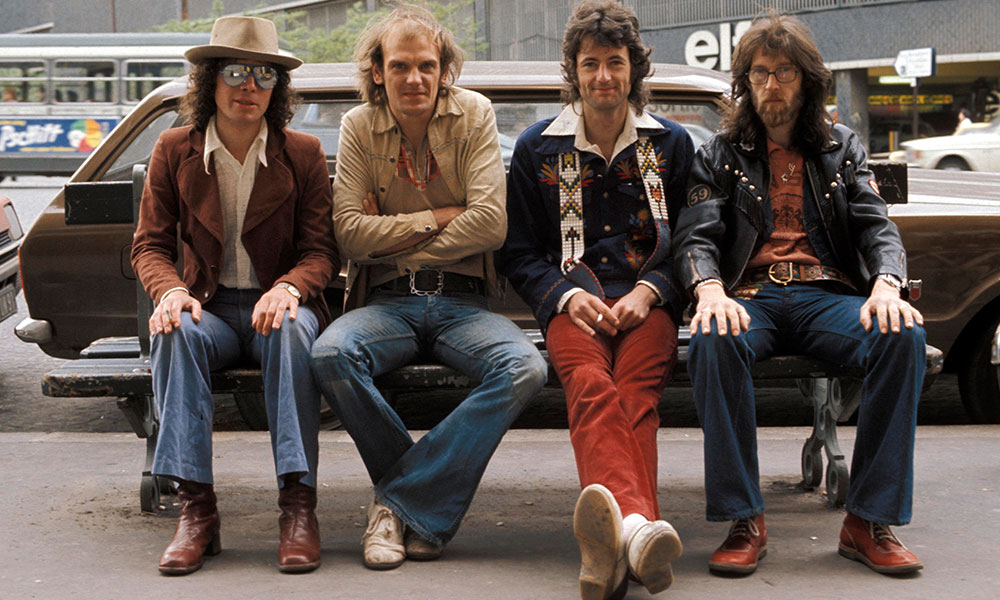
Marshall Tucker Band
The name Marshall Tucker Band actually came from a piano tuner in South Carolina. “In the early days when we were rehearsing in an old warehouse in Spartanburg, we found a keychain inscribed with his name. We needed a name ASAP… and the rest is history!” the band shared. At first, they assumed Marshall Tucker was a business—only to learn later he was a real person. Tucker himself found out in a funny way: “I was at a friend’s house and the friend told me he saw I was going to be playing tonight,” Tucker recalled. “I said, ‘No I’m not going to be playing. I’m just sitting here with you.’” Tucker passed away in 2023, but his name lives on in Southern rock history.

Kings of Leon
Kings of Leon has always kept it in the family, with three brothers—Caleb, Jared, and Nathan Followill—and their cousin Matthew making up the band. So it makes perfect sense that they named themselves after their grandfather, Leon Followill. He wasn’t a musician, but his blue-collar spirit and warm personality left a lasting impression. “He was the kind of guy that never met someone that wasn’t his friend instantly,” Caleb shared in 2014, not long after Leon passed away at 84. “I think that’s something that you strive to be, but I think he was born that way.”

Molly Hatchet
According to legend, a Civil War-era prostitute named Hatchet Molly earned her fearsome nickname by decapitating at least 15 men. The facts behind the tale are murky, but one thing’s for sure—she gave a Southern rock band its name. “We took a John Deere tractor hat and everybody came up with three names apiece and put them in the hat,” late founder Dave Hlubek told Dean Guitars. “We said that whatever name was pulled out of the hat, by God, was going to be the name of the band. Well, the 18th name, the only one left, was Molly Hatchet! We said, ‘What the fuck is that?’ It started out, ‘Molly Fucking Hatchet.’ Everyone was saying, ‘Who’s the girl in the band?’”
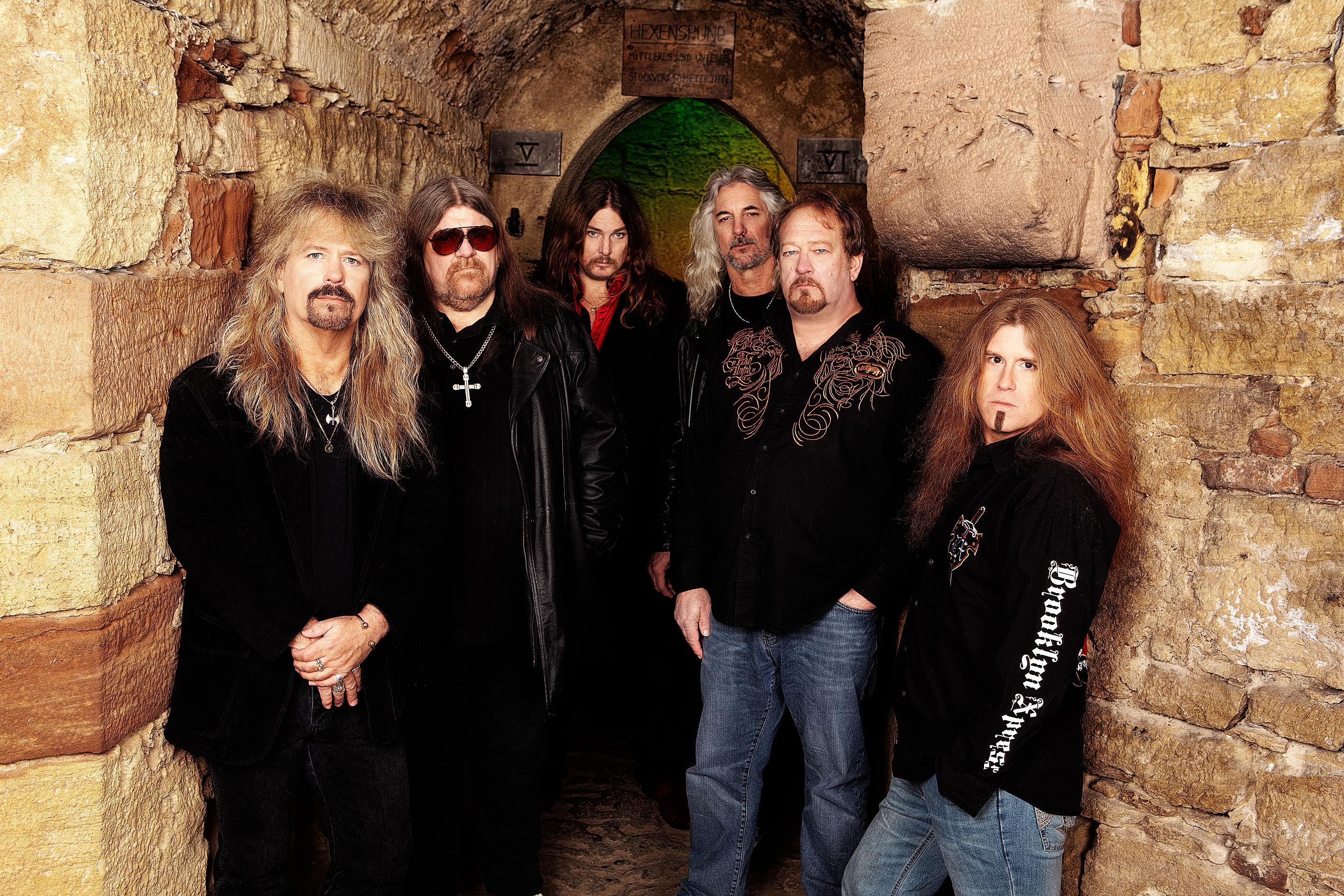
Greta Van Fleet
Greta Van Fleet has gained attention for putting a fresh spin on classic blues-rock, echoing the vibes of Led Zeppelin from the ’60s and ’70s. But their band name has even deeper roots. Gretna VanFleet, born in 1931, was a longtime resident of Frankenmuth, Michigan—also the band’s hometown—and a friend of the original drummer’s grandfather. Her name came up in casual conversation and instantly clicked. “I think they checked out my background to make sure I wasn’t on the 10 most wanted list or something and they went ahead with it,” VanFleet joked to M Live. As for the fame? She added, “Everybody wants to be a friend because they know my name.”

Marilyn Manson
Brian Hugh Warner eventually made a name for himself as shock-rock icon Marilyn Manson. He came up with the stage name by blending two wildly different pop culture figures: glamorous Hollywood legend Marilyn Monroe and infamous cult leader Charles Manson. The contrast was intentional. Warner once explained the mashup by saying he was fascinated by how “actors and killers were the two types of people who got put on magazine covers.” His original band name was Marilyn Manson and the Spooky Kids, but he later trimmed it down to the name that stuck—Marilyn Manson.




